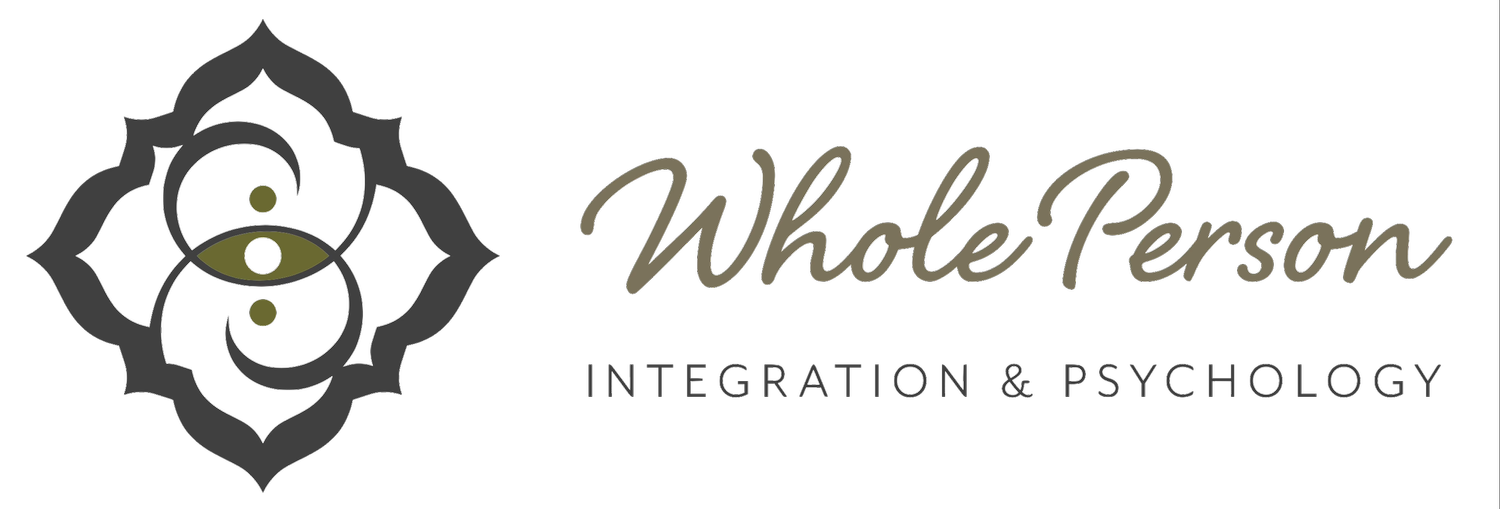What Exactly is PTSD though?
by Dr. Denise Renye
As a trauma-informed practice, we work with many folx who have experienced trauma. Sometimes this may result in a diagnosis of PTSD. This can feel very stigmatizing for some patients, while others feel freed by finally having a name for what is happening within them. Yet others may feel all sort of things in between. We hear PTSD on the regular these days. But what exactly is it?
Post-traumatic stress disorder (PTSD) is a mental health condition that can develop after experiencing or witnessing a traumatic event. One of the symptoms of PTSD is dissociation, which involves feeling disconnected from oneself or one's surroundings. In this blog post, we will explore what dissociation in PTSD is and how it affects those who experience it.
What is Dissociation in PTSD?
Dissociation is a coping mechanism that the brain uses to protect itself from overwhelming or traumatic experiences. It involves a disconnection between a person's thoughts, feelings, and actions, as well as a sense of detachment from the present moment. Dissociation can manifest in different ways, such as feeling like you are watching yourself from outside your body or having gaps in your memory of the traumatic event.
Dissociation is a common symptom of PTSD. According to the Diagnostic and Statistical Manual of Mental Disorders (DSM-5), dissociative symptoms are a criterion for the diagnosis of PTSD. In fact, dissociation is considered one of the most significant predictors of PTSD, as it is associated with increased severity of PTSD symptoms and poorer treatment outcomes.
Types of Dissociation in PTSD
There are several types of dissociation that can occur in PTSD. These include:
Depersonalization: Feeling disconnected from one's own body or physical sensations. For example, a person may feel like their limbs are not their own or that they are floating.
Derealization: Feeling disconnected from the surrounding environment. For example, a person may feel like their surroundings are unreal or that they are in a dream-like state.
Dissociative amnesia: Gaps in memory of the traumatic event. A person may not be able to recall parts of the traumatic event or may have trouble remembering the event altogether.
Identity confusion: Feeling uncertain about one's identity, beliefs, or values. For example, a person may feel like they do not know who they are anymore or what they stand for.
Effects of Dissociation in PTSD
Dissociation can have a profound impact on a person's daily life, relationships, and overall functioning. People who experience dissociation may feel like they are not fully present in their own lives or have difficulty engaging with others. They may also struggle with memory and concentration, as well as experience feelings of numbness or detachment.
Moreover, dissociation can make it challenging to process and heal from traumatic experiences. Because dissociation involves a disconnection from one's thoughts and feelings, it can be challenging to access and process emotions related to the traumatic event. This can prolong the duration of PTSD symptoms and make it harder to recover.
Treatment for Dissociation in PTSD
Treatment for dissociation in PTSD typically involves therapy, medication, or a combination of both. Trauma-focused therapy and trauma-informed therapy are very effective in treating PTSD. These therapies aim to help individuals identify and process the emotions associated with traumatic experiences.
Medications such as antidepressants or antianxiety medications may also be used to help manage dissociative symptoms. In some cases, medication may be used in conjunction with therapy to help individuals better engage in the therapeutic process. This, in conjunction with therapy-not in lieu of-can be helpful for some patients.
In conclusion, dissociation is a common symptom of PTSD that involves feeling disconnected from oneself or one's surroundings. While dissociation can be helpful in the short term, it can also interfere with a person's ability to function and form relationships over time. Treatment for dissociation in PTSD typically involves therapy, medication, or a combination of both. With proper treatment and support, individuals with dissociation in PTSD can learn to manage their symptoms and move towards recovery.
Stay connected by subscribing to our newsletter.

